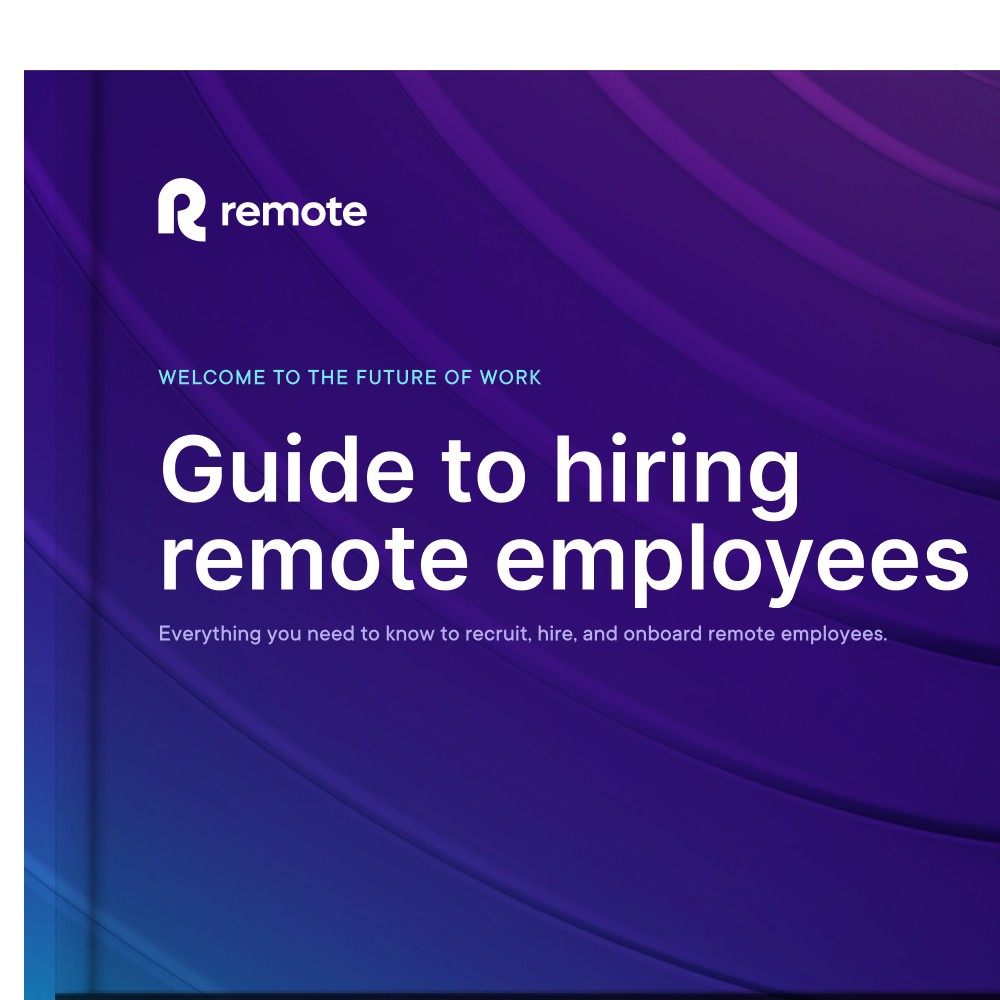
Product Updates — 7 min

Remote & Async Work — 7 min
Like it or not, remote work is here to stay. In fact, 58% of American employees now work from home at least part of the week.
However, without team members working in close physical proximity, collaboration and making decisions becomes trickier. Teams can begin to feel disconnected and struggle to work together on projects.
Setting up effective communication is vital to ensuring the success of any remote business. In fact, 72% of business leaders wish their company had better tools to help them communicate effectively.
Whether your remote team has a few people or a few hundred, read on to learn exactly what remote communication entails and the top remote work best practices.
With so many global teams now working remotely across different time zones, it is vital that companies set up healthy, effective ways for their remote employees to communicate.
Whether a company is remote-first or remote-friendly can impact its communication style. Remote-first companies typically have fully remote teams with little to no physical office space. Remote-friendly businesses, on the other hand, allow flexibility but typically allow employees to work from home only some of the time.
Asynchronous communication is beneficial for remote teams in different time zones. Fifty-seven percent of business owners say that their clients also prefer the option of asynchronous communication. Asynchronous communication includes the following communication methods:
Chat
Recorded video messages
Project management tools
Collaborative documents

Improve your remote communication with the following six tips:
Managers should aim to help their remote employees feel confident in their roles and day-to-day decisions. That way, there’s no need for micromanagement.
Limit the use of communication tools like Slack to avoid becoming codependent on others. Sending messages is a good way to get quick answers or to enjoy some downtime with colleagues, but if you find yourself constantly waiting on someone’s answer to do something, take a step back and evaluate why you feel that way. Adopt more of an ownership mindset so you can do things, document them, and share when you’re finished.
According to a Harvard Business Review study, workers toggle between different apps around 1,200 times a day. With so many different communication channels and tools to keep track of, they can soon develop notification overload.
To combat this, suggest to your employees that they customize their notification settings to limit when they see and respond to notifications. Chat tools like Slack allow you to pause notifications for specific amounts of time — which is handy during periods of focused work.
Creating a culture that does not demand instant responses allows remote employees to get more work done without feeling the burnout of constant availability.

Creating step-by-step processes for common tasks and activities can simplify your workflow, increase your productivity, and save teams hours.
When you have meetings, which you should do only when necessary, identify the person responsible for documenting the content at the beginning. This could mean taking full notes or recording a video in case someone wants to catch up later.
Don’t be afraid to call out others (nicely, of course) when they start moving away from documentation best practices. Remind people where they can find answers to their questions in the company single sources of truth (SSOTs). If conversations in an email chain or Slack thread start getting lengthy, recognize the need for a documented answer and figure out who should document it and where.
Successful documentation might look like creating a record of the following:
What the process is
Who will perform it
When it will happen
The different steps it requires
How and where it will be documented
Learn the processes you need to find, recruit, and onboard remote employees (and stay compliant while you're at it).

As teams grow and needs change, stay on top of your Single Sources of Truth (SSOT) to ensure documentation evolves by design. Haphazard documentation may as well be no documentation at all, as people who can’t find answers easily default to asking questions instead of searching. Standardize information storage and naming so your team not only understands where things live currently but also where future content should live.
Remember to be patient with people as they learn the ropes of your documentation strategy. You may understand where everything lives in Notion or on GitLab, but to a new hire unfamiliar with your tools, something you consider to be straightforward can look like a labyrinth.
To save time and boost productivity, consider cutting meetings that aren’t absolutely necessary. Seventy-eight percent of employees say an email could easily replace many of the meetings they attend.
Review what’s discussed during meetings to determine if the same information could be communicated in a better way. Screen recording or voice communication tools can be handy and efficient methods of communicating additional context and giving someone directional feedback quickly.
However, if you manage remote teams, regular check-ins are important. Without an in-person team environment, it is vital to give employees an outlet to ask questions, express their concerns, and feel like part of the team. This helps them combat the feelings of isolation that often come with remote work.
The right communication tools are critical for remote teams. Eighty-seven percent of workers claim that working remotely and using digital communication tools have improved their jobs.
Here are some tools that your remote team might find helpful:
Task management software: Help your teams stay organized with tools to track projects and tasks, like Asana, ClickUp, and Monday.com.
Video conferencing software: Sync teams on video meetings using remote tools like Zoom and Google Meet.
Chat and communication tools: Stay connected with direct messages, video calls, and document sharing using messaging apps like Slack and Microsoft Teams.
Call recording and notetaker software: Never lose important info with AI notetakers like Sybill and Fireflies.ai to record calls, make notes for you, and give you transcriptions.
Screen recording software: Give one-way feedback and additional context using video and screen recording tools like Loom and Quicktime.
With so many ongoing trends in the remote workplace, especially since the COVID-19 pandemic, companies must evolve fast to stay competitive. Trying not to over- or under-communicate may feel like a delicate balance for remote teams at first. With good documentation practices and a collaborative culture, however, people should feel informed and empowered to do their jobs well.
If you’re looking to scale your team with global employees, incorporating robust systems and processes to collaborate and communicate is key. Global HR hub Remote can help you streamline tasks from onboarding to payroll and ensure that remote employees feel like part of the team. Sign up to get started.
Start onboarding employees and contractors in minutes with Remote, G2’s top-ranked multi-country payroll software.

Subscribe to receive the latest
Remote blog posts and updates in your inbox.

Product Updates — 7 min

Global Payroll — 2 min

Minimum Wage & Compensation — 7 min

Newsroom — 5 min